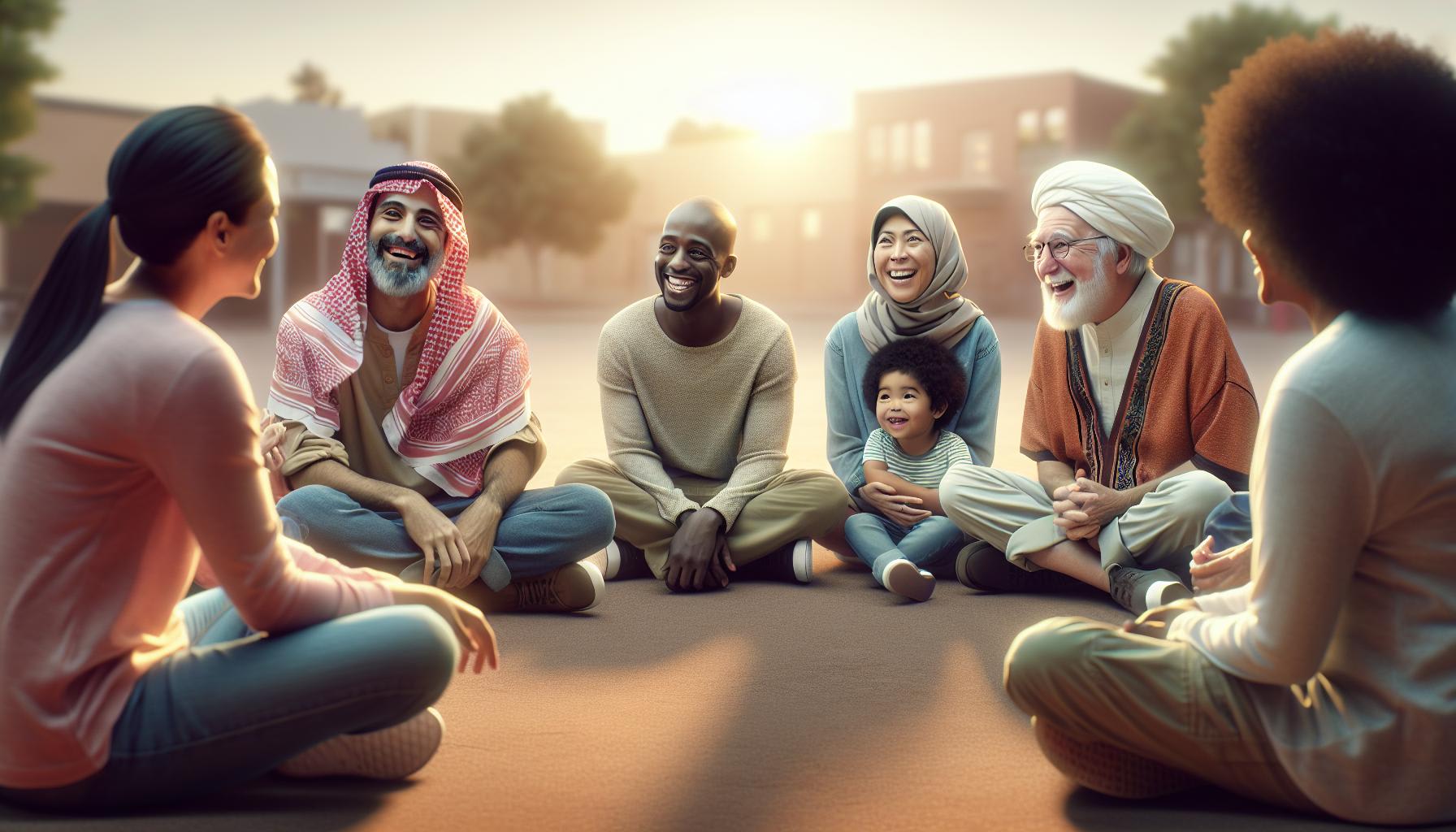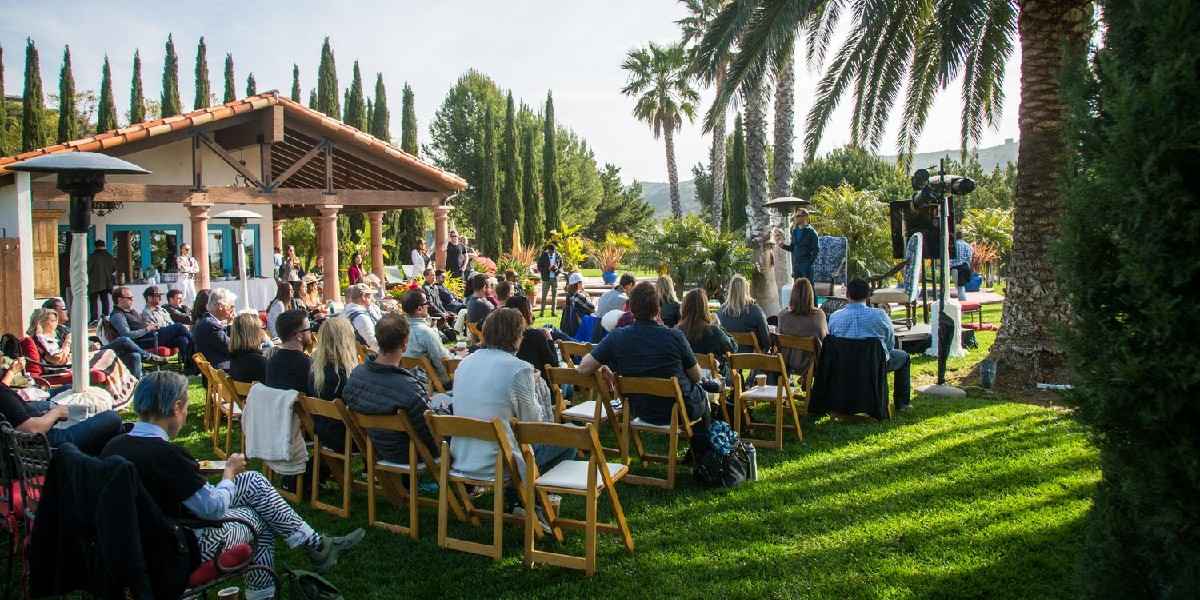
In an era dominated by social media and digital connectivity, the concept of human gathering fake has emerged as a perplexing yet pervasive phenomenon. Defined by the act of feigning enthusiasm or interest in social events or gatherings for the sake of appearances, human gathering fake reflects the disconnect between our online personas and our authentic selves. In this article, we’ll delve into the complexities of human gathering fake, examining its underlying causes, societal implications, and potential solutions.
Understanding Human Gathering Fake
Human gathering fake manifests in various forms, from forced smiles and insincere compliments to exaggerated expressions of enjoyment or engagement. In today’s hyper-connected world, where social validation often hinges on the number of likes, shares, and followers, individuals may feel pressured to maintain a facade of happiness and fulfillment, even when their true feelings may be vastly different.
Causes of Human Gathering Fake

The Role of Social Media
Social media platforms play a significant role in perpetuating human gathering fake. The curated nature of social media profiles encourages individuals to present only the most positive aspects of their lives, leading to a distorted perception of reality. As a result, people may feel pressured to conform to unrealistic standards of happiness and success, even if it means sacrificing their authenticity in the process.
The Fear of Missing Out (FOMO)
The fear of missing out (FOMO) is another driving force behind human gathering fake. In an age where social events are meticulously documented and shared online, individuals may feel compelled to participate in activities simply to avoid being left out. This fear of missing out can override genuine desires and lead people to attend human gathering fake they have little interest in, contributing to the prevalence of inauthentic interactions.
The Impact on Mental Health
The pervasive nature of human gathering fake can take a toll on mental health. Constantly presenting a false facade can lead to feelings of anxiety, depression, and inadequacy as individuals struggle to maintain an image of perfection. The disconnect between one’s online persona and real-life experiences can exacerbate feelings of loneliness and alienation, further compounding the negative effects on mental well-being.
Breaking the Cycle
Breaking free from the cycle of human gathering fake requires a shift in mindset and behavior. Encouraging vulnerability and authenticity in social interactions can create spaces where individuals feel safe to express their true thoughts and emotions without fear of judgment. It’s essential to prioritize genuine connections over superficial appearances and to cultivate relationships based on mutual respect, trust, and understanding.
Educating Youth
Educating young people about the pitfalls of human gathering fake is crucial in fostering a generation that values authenticity and genuine connection. Teaching critical media literacy skills can empower individuals to navigate social media responsibly and discern between genuine content and curated narratives. By promoting self-awareness and self-acceptance from a young age, we can equip future generations with the tools they need to resist the pressures of human gathering fake and prioritize their mental well-being.
Several factors contribute to the prevalence of human gathering fake in modern society. The rise of social media has created a culture of comparison and perfectionism, where individuals feel compelled to present an idealized version of their lives to the outside world. Fear of judgment and rejection may also drive people to conform to societal expectations, leading them to prioritize image over authenticity in social interactions.
Societal Implications

The prevalence of human gathering fake can have far-reaching implications for individuals and society as a whole. On a personal level, it can erode genuine connections and foster feelings of loneliness and isolation. When individuals prioritize maintaining a facade over expressing their true thoughts and emotions, meaningful communication and understanding become increasingly elusive.
The Influence of Consumer Culture
Consumer culture plays a significant role in perpetuating human gathering fake. The pressure to keep up with trends and portray a lifestyle of abundance can drive individuals to prioritize material possessions and appearances over genuine experiences and connections. In social gatherings, people may feel compelled to showcase their latest purchases or extravagant lifestyles, even if it means embellishing the truth or exaggerating their accomplishments.
The Impact of Social Norms
Social norms and expectations also contribute to human gathering fake. From an early age, individuals are socialized to conform to certain standards of behavior and appearance dictated by society. This pressure to fit in and adhere to societal norms can lead people to suppress their true selves and adopt personas that are deemed socially acceptable, perpetuating inauthenticity in social interactions.
The Quest for Social Status
The quest for social status and recognition fuels human gathering fake. In a culture that places a premium on status symbols and social hierarchy, individuals may feel compelled to project an image of success and popularity, even if it means sacrificing their authenticity in the process. The fear of being perceived as less-than or inferior can drive people to engage in performative behaviors to maintain their social standing.
The Role of Performance Culture
Performance culture, prevalent in industries such as entertainment, hospitality, and social media, exacerbates human gathering fake In these industries, individuals are often required to project a certain image or persona to appeal to their audience or clientele. This emphasis on performance can blur the lines between genuine expression and scripted behavior, leading to inauthentic interactions and experiences.
The Need for Vulnerability and Connection
Breaking free from the cycle of human gathering fake requires embracing vulnerability and prioritizing genuine connection over superficial appearances. By fostering environments where individuals feel safe to express their true selves without fear of judgment or rejection, we can cultivate authentic relationships based on trust, empathy, and mutual respect. Encouraging open and honest communication allows for meaningful connections to flourish, free from the constraints of societal expectations and performance pressures.
At a societal level, human gathering fake perpetuates a culture of superficiality and insincerity, where authenticity is sacrificed in favor of conformity. This can contribute to a sense of disillusionment and disconnection among communities, as genuine human interaction is replaced by performative gestures and hollow exchanges.
The Influence of Celebrity Culture

Celebrity culture plays a significant role in perpetuating human gathering fake. With celebrities often portrayed living glamorous and seemingly perfect lives, individuals may feel compelled to emulate this facade in their own social interactions. The desire to appear as though one is living a life akin to those seen in celebrity magazines and social media feeds can drive people to engage in inauthentic behavior, prioritizing appearances over genuine experiences.
The Impact of Comparison Culture
Comparison culture, fueled by social media platforms, exacerbates human gathering fake. Constant exposure to carefully curated highlight reels of others’ lives can lead individuals to compare themselves unfavorably and feel inadequate. In response, they may feel compelled to fabricate experiences or emotions to keep up with perceived societal norms, perpetuating the cycle of inauthenticity.
The Fear of Rejection and Alienation
At its core, human gathering fake often stems from a fear of rejection and alienation. People may worry that their true selves won’t be accepted or valued by others, leading them to present a polished facade instead. This fear of being ostracized or left out can drive individuals to prioritize conformity over authenticity, even if it means sacrificing their true identities in the process.
The Disconnect Between Online and Offline Identities

The disconnect between one’s online persona and real-life experiences exacerbates human gathering fake. In the digital age, individuals can carefully curate their online identities to project a certain image or narrative, often at odds with their true selves. This dissonance between online and offline identities can lead to feelings of disconnection and dissonance, as individuals struggle to reconcile their virtual personas with their lived experiences.
The Quest for Approval and Validation
Seeking approval and validation from others is a fundamental human desire, yet it can become a driving force behind human gathering fake. The dopamine rush of receiving likes, comments, and shares on social media can be addictive, leading individuals to prioritize external validation over internal satisfaction. This constant quest for approval can foster a culture of inauthenticity, as people tailor their behaviors and interactions to elicit positive feedback from others.
The Importance of Self-Reflection and Authenticity
Breaking free from the cycle of human gathering fake requires self-reflection and a commitment to authenticity. By taking the time to examine our motives and values, we can gain clarity on what truly matters to us and prioritize authenticity in our interactions. Embracing vulnerability and embracing our imperfections allows us to connect with others on a deeper level, fostering genuine relationships based on mutual understanding and acceptance.
The Pressure to Conform
The pressure to conform to societal norms and expectations also contributes to human gathering fake. From a young age, individuals are socialized to fit into predefined roles and standards of behavior. This pressure to conform can lead people to suppress their true selves and adopt personas that align with societal expectations, even if it means sacrificing their authenticity in the process.
The Search for Validation
Human gathering fake often stems from a deep-seated desire for validation and acceptance from others. In an increasingly connected world, where social status and popularity are often measured by online metrics such as likes, shares, and followers, individuals may feel compelled to maintain a facade of happiness and success to garner validation from their peers. The fear of being judged or rejected can drive people to present an idealized version of themselves, perpetuating the cycle of inauthenticity.
The Illusion of Perfection
In today’s image-conscious society, the pursuit of perfection has become a driving force behind human gathering fake. The prevalence of photo editing apps and filters has created an unrealistic standard of beauty and success, leading individuals to strive for unattainable ideals. The pressure to maintain a flawless image can compel people to hide their flaws and vulnerabilities, perpetuating the illusion of perfection at the expense of their authenticity.
Embracing Imperfection
Breaking free from the grip of human gathering fake requires a willingness to embrace imperfection and vulnerability. By acknowledging and accepting our flaws and vulnerabilities, we can cultivate genuine connections based on authenticity and empathy. Encouraging open and honest communication, free from the pressures of social validation, can foster deeper connections and understanding among individuals, paving the way for a more authentic and fulfilling social landscape.
Addressing Human Gathering Fake

Combatting human gathering fake requires a concerted effort to cultivate authenticity and genuine connection in our social interactions. This begins with fostering self-awareness and acceptance, allowing individuals to embrace their true selves without fear of judgment or rejection. Encouraging open and honest communication, free from the pressures of social validation, can also help to foster deeper connections and understanding among peers.
Furthermore, creating spaces and environments where individuals feel comfortable expressing their authentic selves can help to counteract the prevalence of human gathering fake. Whether through support groups, community events, or digital platforms dedicated to honest discourse, cultivating spaces of authenticity can empower individuals to break free from the constraints of social expectations and embrace their true identities.
Conclusion: Embracing Authenticity in a Digital Age
In conclusion, human gathering fake is a complex and multifaceted phenomenon that reflects the tension between our online personas and our authentic selves. By understanding its underlying causes, recognizing its societal implications, and actively working to address it, we can foster a culture of authenticity and genuine connection in an increasingly digital world. Only by embracing our true selves and fostering meaningful connections can we break free from the cycle of human gathering fake and cultivate a society built on honesty, empathy, and understanding.





